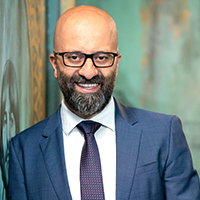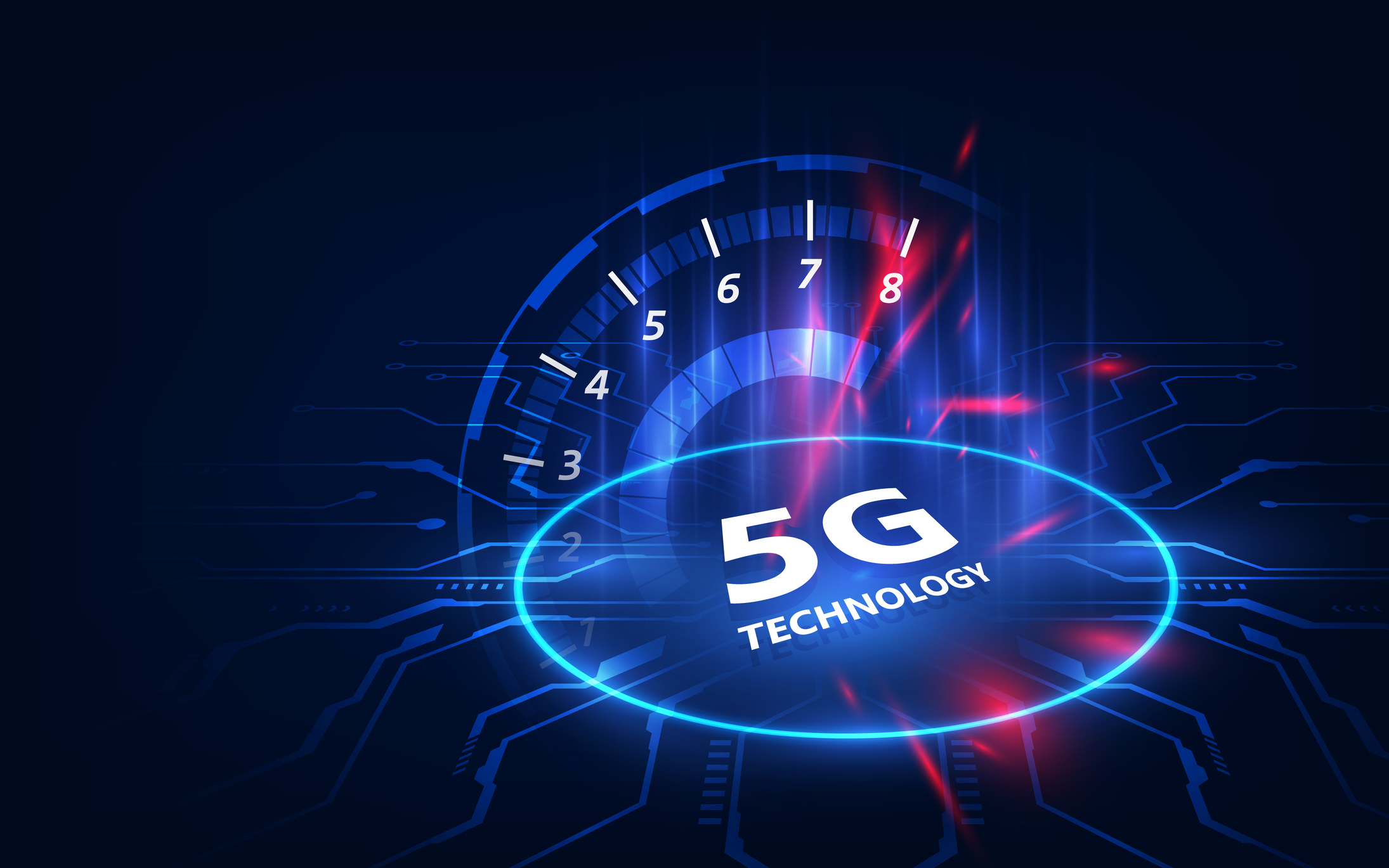Imagine filling out personal details on your mobile phone on the way to the doctor. Imagine any doctor then already knowing your patient history and being able to send you results on the go.A study recently published in Medical Observer found that on the whole, both doctors and patients are underwhelmed with the national My Health Record (MyHR) service so far. The article notes that many doctors aren’t impressed with the display and ease-of-use, while a level of uncertainty stems from not fully understanding how the system works. The concept of MyHR is great and a step in the right direction in today’s digitally connected world, but as the study suggests, there is certainly room for improvement. This is particularly the case given the study also found that the majority of users are actually patients, not doctors.
Now don’t get me wrong – as we know, MyHR has the potential to save lives, time and tax payers money, not to mention the potential learning from the accumulated data. The electronic health recording system should in theory reduce the cost of healthcare by reducing unnecessary investigations at the very least. Having patient history data at your fingertips is supposed to reduce the time involved in searching for patient history, cut repetitive tests and reduce treatment and prescription errors. But the uptake and usability of MyHR has been undeniably weak among the key audiences it’s been designed to help.
Originally, the system design was based on CDA (Clinical Document Architecture). The issue is that it’s rigid and not particularly user-friendly – most GPs in the study found the MyHR system “clunky”. Therefore, the system hasn’t kept up with other evolving Electronic Medical Records programs in the health sector, particularly the rise in popularity of mobile technology and its capabilities.
To create an efficient e-health platform that both doctors and patients can easily understand and ultimately use, it should capture data in an easily presentable and manageable way. At the risk of sounding obvious, the system needs to be simple to use, as well as easy and flexible enough to integrate into everyday medical software in all levels of healthcare.
My own experience in creating Clinic to Cloud, a cloud-based Electronic Medical records system, involved lots of fine-tuning and adapting to create a flexible, user-friendly product for HCPs and patients. Clinic to Cloud offers a cost-effective, cloud-based software for doctors that requires no expensive servers, equipment or installation, and can be used seamlessly over all platforms and devices. The interface is user-friendly – something we’ve worked on meticulously so we don’t give our clinicians, support staff or patients “Click Fatigue”! We’ve also made sure that financial reporting is simple, easy to read and quick to produce. This means you’re spending less time working out the numbers and more time using data intelligence to create a financially secure and profitable practice.
The My Health Record system is one that I am hopeful for and see as an absolute need in Australia and although it has a way to go, I believe we can get there.




